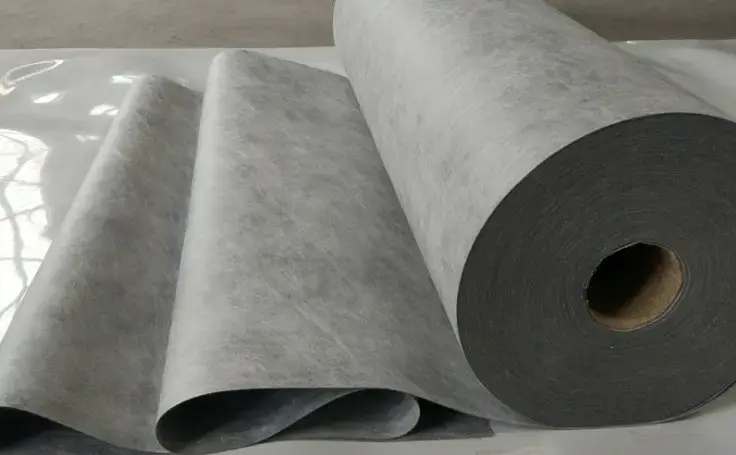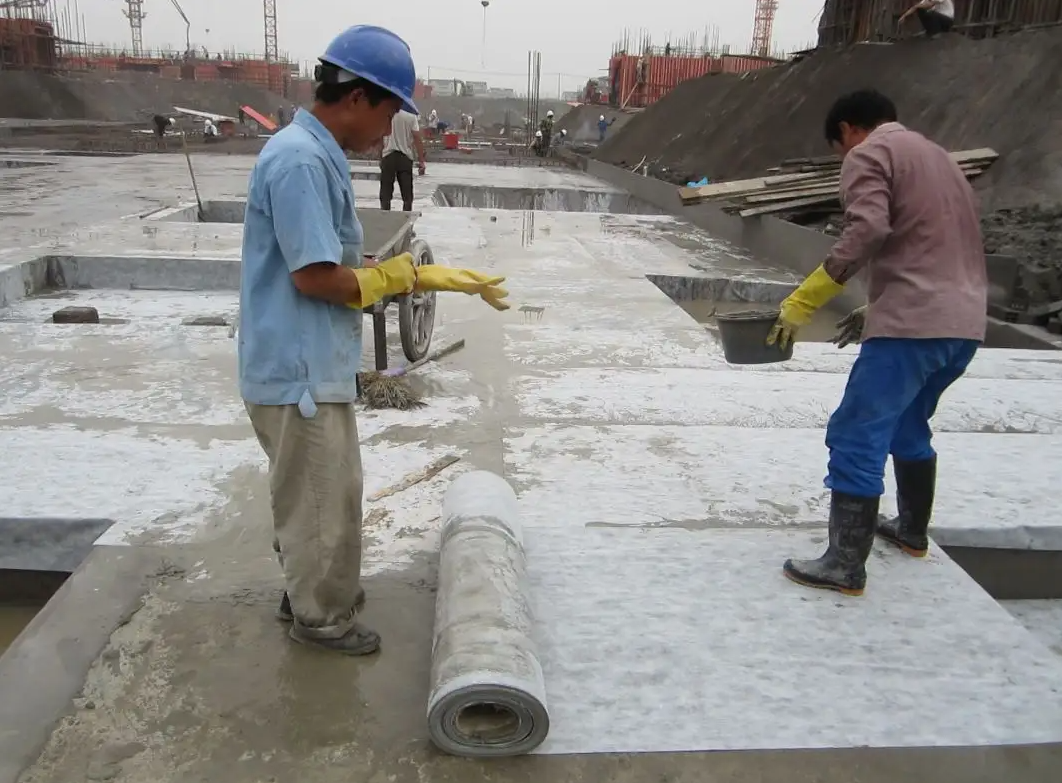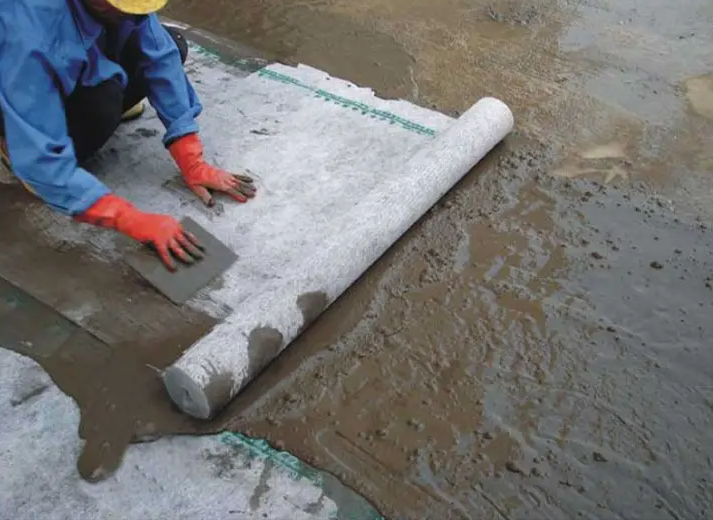Polypropylene cloth is also called polyethylene polypropylene composite waterproof membrane. It is a new type of waterproof material and is widely used because of its good comprehensive properties. For waterproofing of industrial and civil buildings.
In this article, the author will introduce in detail the advantages and disadvantages of polypropylene cloth waterproofing to help you have a deeper understanding of it.
First, what is polyethylene polypropylene composite waterproof membrane
Polyethylene polypropylene composite waterproof membrane is based on polyethylene synthetic polymer material, adding some ingredients to improve performance, such as anti-aging agents, stabilizers, adhesion promoters, etc., and then combined with High-strength polypropylene non-woven fabric is a new waterproof membrane made of one-time composite through calendering process.

Polypropylene cloth waterproof membrane
Second, Advantages of polypropylene waterproof membrane
①Easy to bond. The main component of polypropylene cloth waterproofing membrane is polypropylene non-woven fabric, which has an irregular cross-fiber structure, so both sides are rough, making it easier to combine with other materials, and it is very strong and not easy to fall off;
②High tensile strength. This is due to its main component, high-strength new polypropylene polyester filament non-woven fabric, whose non-woven fiber structure greatly enhances its tensile properties;
③Good flexibility at low temperature. Unlike some waterproofing membranes that are easily brittle at low temperatures, polypropylene waterproofing membranes can be used stably in environments as low as minus 40°C. They have excellent low-temperature resistance and are very suitable for use in cold areas;
④Safety and environmental protection. Polypropylene cloth waterproofing membrane is a safe, environmentally friendly, non-toxic green product.

Polypropylene cloth waterproof construction site
Third, Disadvantages of polypropylene waterproof membrane
①Poor high temperature resistance. The optimal temperature tolerance range of polypropylene cloth waterproofing membrane is -40°C to 60°C. It will deform when it exceeds 60°C. If it comes into contact with high temperatures above 80°C, it will cause permanent deformation, causing it to fall off from the base layer, affecting its waterproof performance. This temperature is easy to reach on roofs in summer, so in some places it is prohibited to use polypropylene waterproofing membranes for roof waterproofing;
②It is easy to age when exposed to the environment. Due to the poor aging resistance of polyethylene, its main component, if the polypropylene waterproof membrane is exposed to the outside, it will cause the membrane to become brittle and even pulverized within a few months. Therefore, care should be taken to avoid damage to the packaging during storage or transportation, and the storage period should not exceed one year from the date of production;
③ Detail processing is unreliable. Polypropylene cloth waterproofing membranes generally use the cement adhesive construction method. This construction method is less reliable and is prone to problems such as cracking and falling off at some detailed nodes with complex structures such as pipe roots, drain openings, yin and yang corners, etc., resulting in leakage. leakage accident. For this reason, polypropylene waterproof membranes are generally not used in areas with higher waterproofing requirements. For example, some places explicitly prohibit the use of this kind of waterproof membranes in basements, kitchens, bathrooms, etc.;

Polypropylene cloth waterproofing construction site
Fourth, parameters of polypropylene cloth waterproofing membrane
The polypropylene waterproof membranes currently on the market can be divided into different types according to their thickness or weight.
Divided according to thickness: 0.6mm, 0.7mm, 0.8mm, 0.9mm, 1.0mm, 1.2mm, 1.5mm, etc. ;
According to gram weight, it is divided into: 300g, 350g, 400g, 500g, 600g, etc.;
The thicker the thickness and the greater the weight, the better the quality and the better the waterproof performance, and of course the higher the price.






